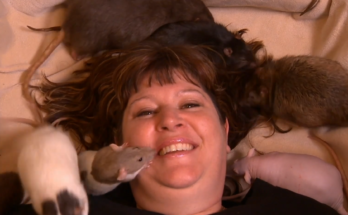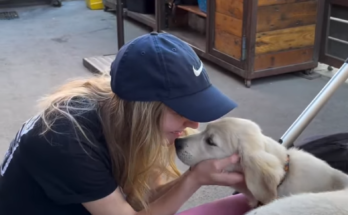
In the world of nature documentaries, the spotlight is often on the majestic creatures that roam the earth, swim in the oceans, or soar through the skies. From the raw, untamed beauty of a lion hunting its prey to the delicate dance of a butterfly in a meadow, these films capture the essence of life on Earth in all its forms. However, there is a hidden group of individuals who, despite being central to the creation of these films, rarely receive the recognition they deserve: the people who make animal documentaries.
These individuals, often working behind the scenes, are the unsung heroes who dedicate their lives to bringing the natural world to our screens. While their work might not always be as glamorous as the animals they document, their contributions are essential to the success of every film. It’s easy to overlook them because they don’t always appear in the final product. Unlike the iconic voiceovers of Sir David Attenborough, these people are the silent architects of the stories that unfold on screen.
Making an animal documentary is a complex, multi-layered process that requires patience, dedication, and an unwavering respect for the natural world. Filmmakers often spend years tracking, observing, and studying their subjects, sometimes traveling to remote, dangerous, or hard-to-reach locations. The work is grueling and demanding, and it takes a deep understanding of both the animals and the ecosystems they inhabit. Many filmmakers and crew members immerse themselves in their subjects’ worlds, learning the animals’ behaviors, patterns, and intricacies, all in the hope of capturing that one defining moment that will speak volumes to viewers.
The role of the cinematographer is particularly significant in animal documentaries. The lens through which the world is viewed often determines the emotional impact of a scene. A skilled cinematographer can capture the raw emotion of a tiger’s gaze or the tranquil elegance of a bird in flight. Without them, even the most exciting wildlife story could fall flat. They spend days in remote locations, sometimes in harsh conditions, to ensure that every shot is perfect. Every subtle movement, every shift in light, is taken into consideration. These filmmakers are often part of a larger team, including sound designers, editors, and wildlife experts, who collaborate to craft a compelling narrative that both educates and entertains.
Then there are the conservationists, scientists, and wildlife experts who play a crucial role in shaping the direction of these documentaries. Many documentaries focus on endangered species, environmental issues, or conservation efforts. These experts are integral to the storytelling process, providing insights into the delicate balance of nature and the threats that animals face due to human activity. Their knowledge not only guides the narrative but also ensures that the information presented is accurate and responsible.
However, despite their invaluable contributions, the people who make animal documentaries often remain in the shadows. The animals steal the show, as they should, but the filmmakers and researchers often go unnoticed. It’s a testament to their professionalism and humility that these individuals are content with letting the creatures they document take center stage. They are driven not by fame or recognition but by a passion for nature and a desire to share its wonders with the world.
In a sense, these individuals are the “nobodies” in the making of a documentary. They don’t seek the limelight, but they are the invisible force that brings the magic of the animal kingdom into our homes. Their work is a labor of love, a commitment to preserving the beauty and complexity of life on Earth for future generations.



